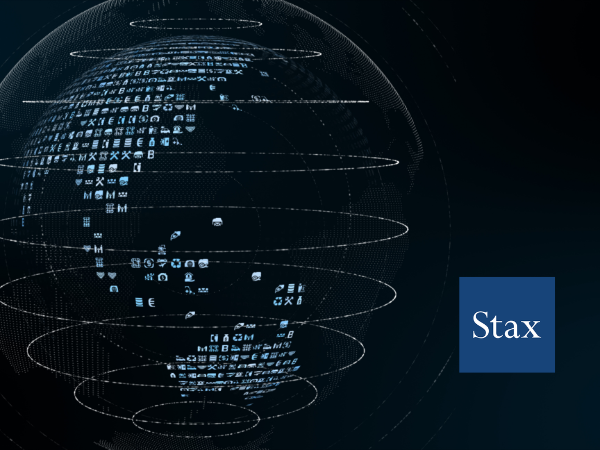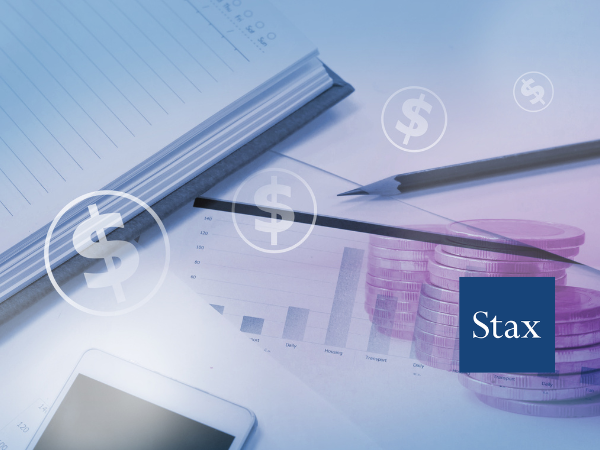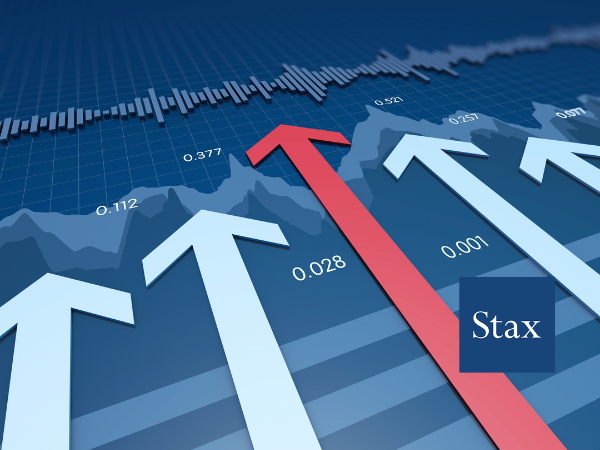Share
Sustainable packaging involves crafting and utilizing environmentally friendly packaging materials and methods while still ensuring the efficient protection and containment of products. The overarching aim of sustainable packaging is to curtail waste production, preserve valuable resources, lower emissions of greenhouse gases, and mitigate ecological harm.
Sustainability has become increasingly important to packaging selection in recent years, driven in large by regulatory actions and growing public apprehension regarding single-use packaging waste, influencing substantial shifts in the consumer packaging landscape. Regulators are taking active steps in response to this issue, while FMCG companies and retailers are stepping forward with resolute pledges to enhance the sustainability of their packaging and overhaul their packaging systems.
Growing Market for Sustainable Packaging
Propelled by a rising consumer demand for environmental concessions the sustainable packaging industry has witnessed substantial expansion in recent years. According to findings from Research and Markets, the global sustainable packaging market is forecasted to achieve a value of $303.6B by 2025, with a robust CAGR of 7.6% from 2020-2025.
Drivers - Continual Demand for Sustainable Packaging
The increasing concern shown by consumers around the environmental impact of packaging waste is driving growth for sustainable packaging manufacturers. A 2020 McKinsey study reported that 55% of US survey respondents reported that they were concerned about the environmental impact of product packaging with 38% of consumers reporting that sustainable packaging was extremely or very important when they purchase products for various end-use areas.
McKinsey's 2020 study indicates that 60-70% of consumers are willing to pay a premium for sustainable packaging. Notably, sustainability-marketed products, despite constituting only about 16% of the market, contributed to approximately 55% of the market growth in consumer-packaged goods in the United States from 2015-2019. These findings emphasize the growing importance of sustainable packaging in meeting consumer expectations and driving market growth.
Increasing consumer awareness and preference for sustainability and environmental protection encourages the use of innovative, biodegradable, recyclable, and reusable packaging materials.
As the segment grows, the usage of raw materials will also see a shift. Based on a 2023 study by McKinsey consumers see compostable (72%) and plant-based products as the most sustainable packaging options (70%). Additionally, demand for ‘ship ready’ packaging with the expansion of e-commerce has experienced growth. New materials used for sustainable or ‘green packaging’ are growing in use, resulting in the green packaging industry growing at a CAGR of ~7.5% from 2022-2030.
Drivers - Pandemic Surging Sustainability Demand
The pandemic has proven the impact of sustainability initiatives through lockdowns surging the demand for more sustainable practices among consumers. Covid effectively transformed consumer behavior, leading to an increased focus on environmentally friendly and sustainable practices.
In a 2020 global survey conducted by Accenture, a substantial 60% of respondents reported adopting such practices since the pandemic's onset, signifying a noteworthy shift in consumer attitudes. Moreover, the widespread lockdown measures implemented globally had an immediate and tangible impact on global carbon dioxide (CO2) emissions. Europe, for instance, experienced a remarkable 12% reduction in cumulative emissions during this period.
These trends highlight the growing commitment to sustainable living and a sense of global responsibility for environmental stewardship.
Drivers - Generation Z Demanding Sustainability
The younger generation, particularly Generation Z, is increasingly vocal about the role they believe companies should play in tackling pressing social and environmental issues. According to a survey in 2017 by Cone Communications, a remarkable 94% of Generation Z respondents believe that companies should actively address urgent social and environmental concerns, surpassing the comparably strong sentiment among Millennials, with 87% sharing this view.
The 2021 Pew Research Center's findings further emphasize the significance of environmental issues among Generation Z, with 76% stating that addressing the climate crisis ranks as one of their foremost social concerns and 37% identifying it as their top concern. This commitment to action is reflected in their behavior, as revealed by a Guardian report, which found that 32% of Generation Z respondents have undertaken at least one significant environmental initiative in the past year. This proactive stance notably surpasses the participation rates of Generation X at 23% and Baby Boomers at 21%, underlining the generational shift towards heightened environmental engagement and activism.
Drivers – Policies Requiring Use of Sustainable Products
Growing awareness of the issue is driving demand organically, but there are also policy shifts that require sustainable packaging. Several U.S. states have recently taken legislative action to regulate the use of per-and polyfluoroalkyl substances (PFAS)—Connecticut, California, Maine, Virginia, Iowa, Massachusetts, Minnesota, New York, Rhode Island, Oregon, and Michigan.
Additionally, there is potential for a federal ban on PFAS in food packaging. Many restaurant and grocery chains, representing nearly 80,000 stores collectively, have already removed or pledged to limit PFAS in their products.
Conclusion
In conclusion, sustainable packaging has emerged as a paramount concern—driven by evolving regulations, surging consumer expectations, and an escalating environmental consciousness. This transformation is exerting a profound influence on the packaging sector, with a robust market forecast indicating substantial expansion. The pandemic has amplified the urgency of sustainability, underlining the significance of eco-conscious practices.
Generation Z's resolute call for sustainability and legislative shifts, such as PFAS restrictions, are propelling the widespread adoption of sustainable packaging. In this evolving landscape, private equity firms are increasingly interested in supporting technologies that promote a circular economy. As the sustainable packaging market continues to expand, driven by regulatory actions, government initiatives, and consumer preferences, it presents significant opportunities for growth and innovation in the packaging industry.
Sources
- Jabil. “Sustainable Packaging Trends” SIS International Research, Jan. 2022.
- Eickenberg, Riccarda. “The 2022 Sustainable Packaging Consumer Report.” Shorr Packaging, Jul. 20, 2022.
- Eco Clicky. “The Rise of Sustainable Packaging: A Comprehensive Guide to Market Share Growth.” LinkedIn, Jun. 24, 2023.
- Berg, Peter, David Feber, Anna Granskog, Daniel Nordigården, and Suku Ponkshe. “The Drive toward Sustainability in Packaging-beyond the Quick Wins.” McKinsey & Company, Jan. 30, 2020.
- Feber, David, Anna Granskog, Oskar Lingqvist, and Daniel Nordigården. “Sustainability in Packaging: Inside the Minds of US Consumers.” McKinsey & Company, Oct. 21, 2020.
- CDI Global. “Trends Reshaping the Packaging M&A Market, News / Insights.” CDI Global, Jul. 13, 2022.






